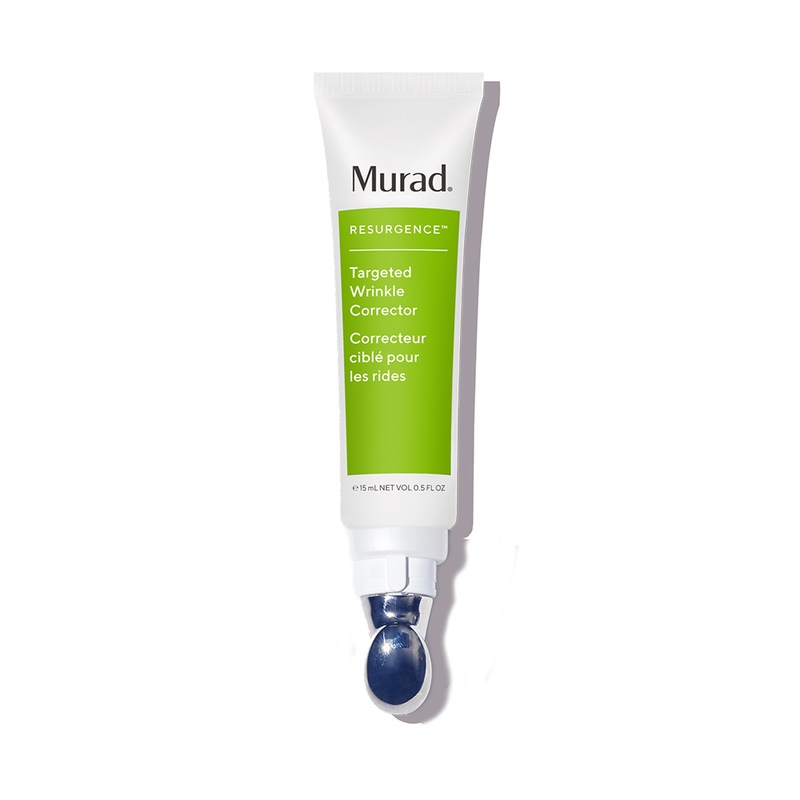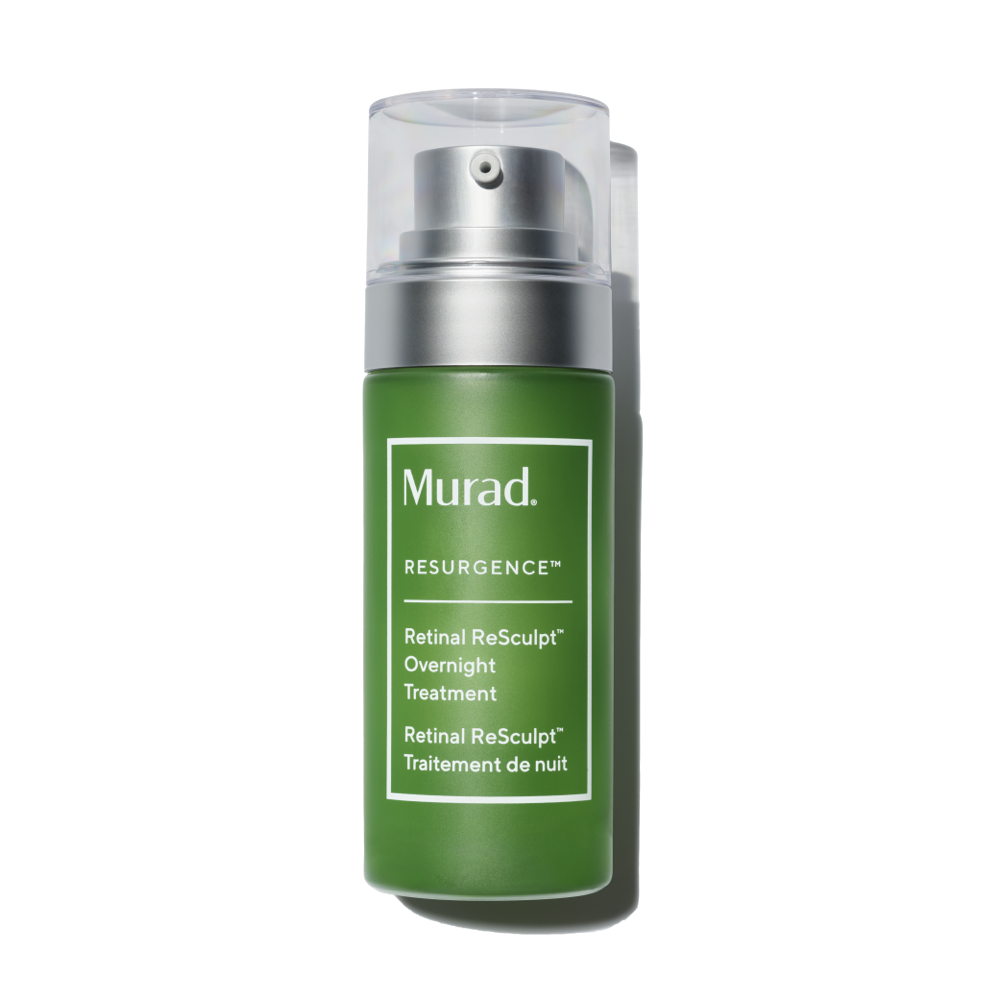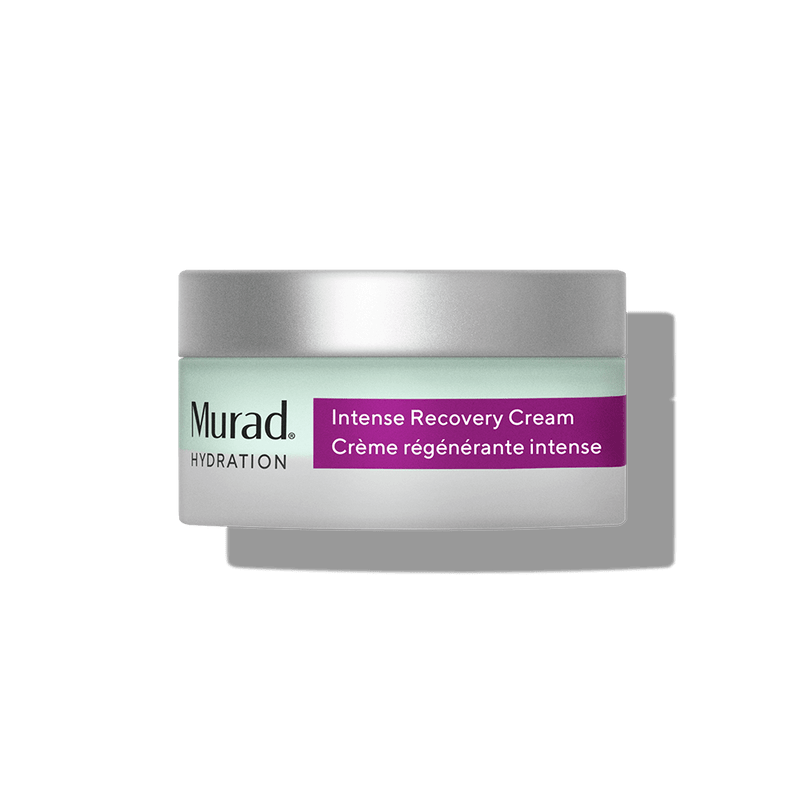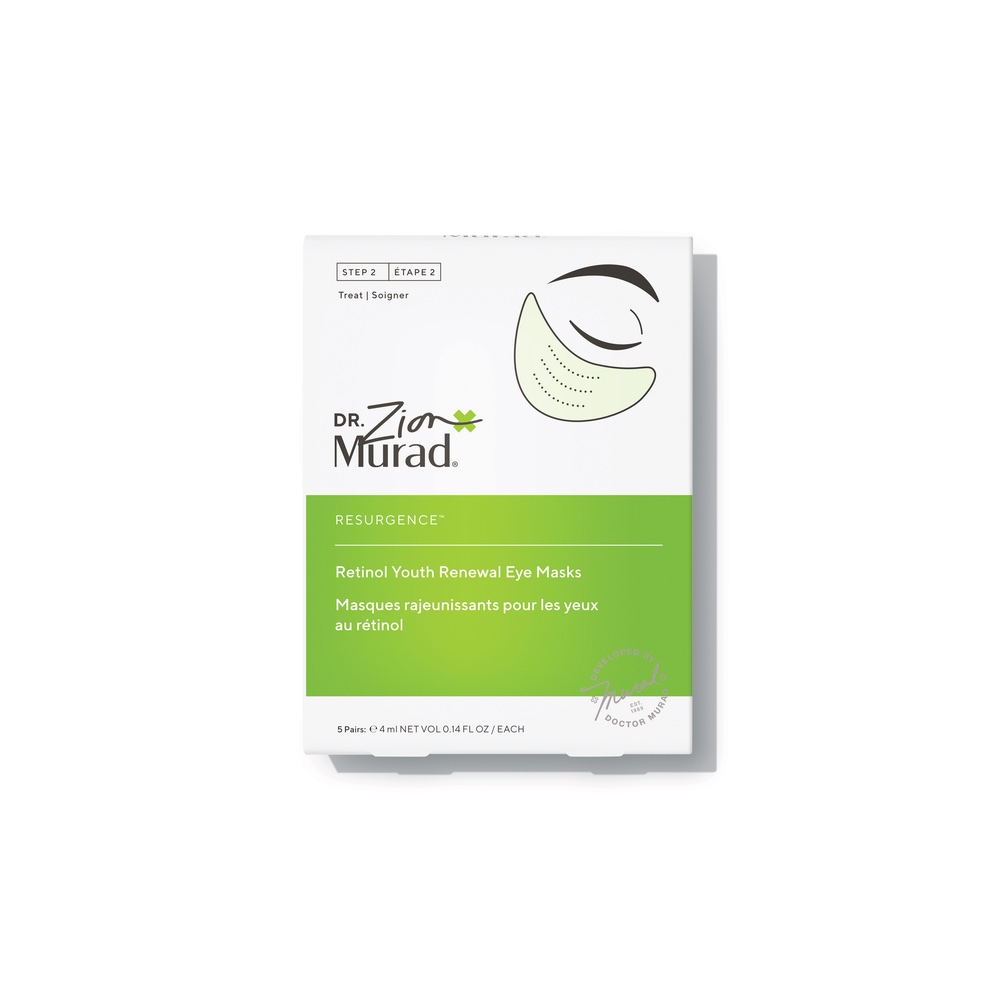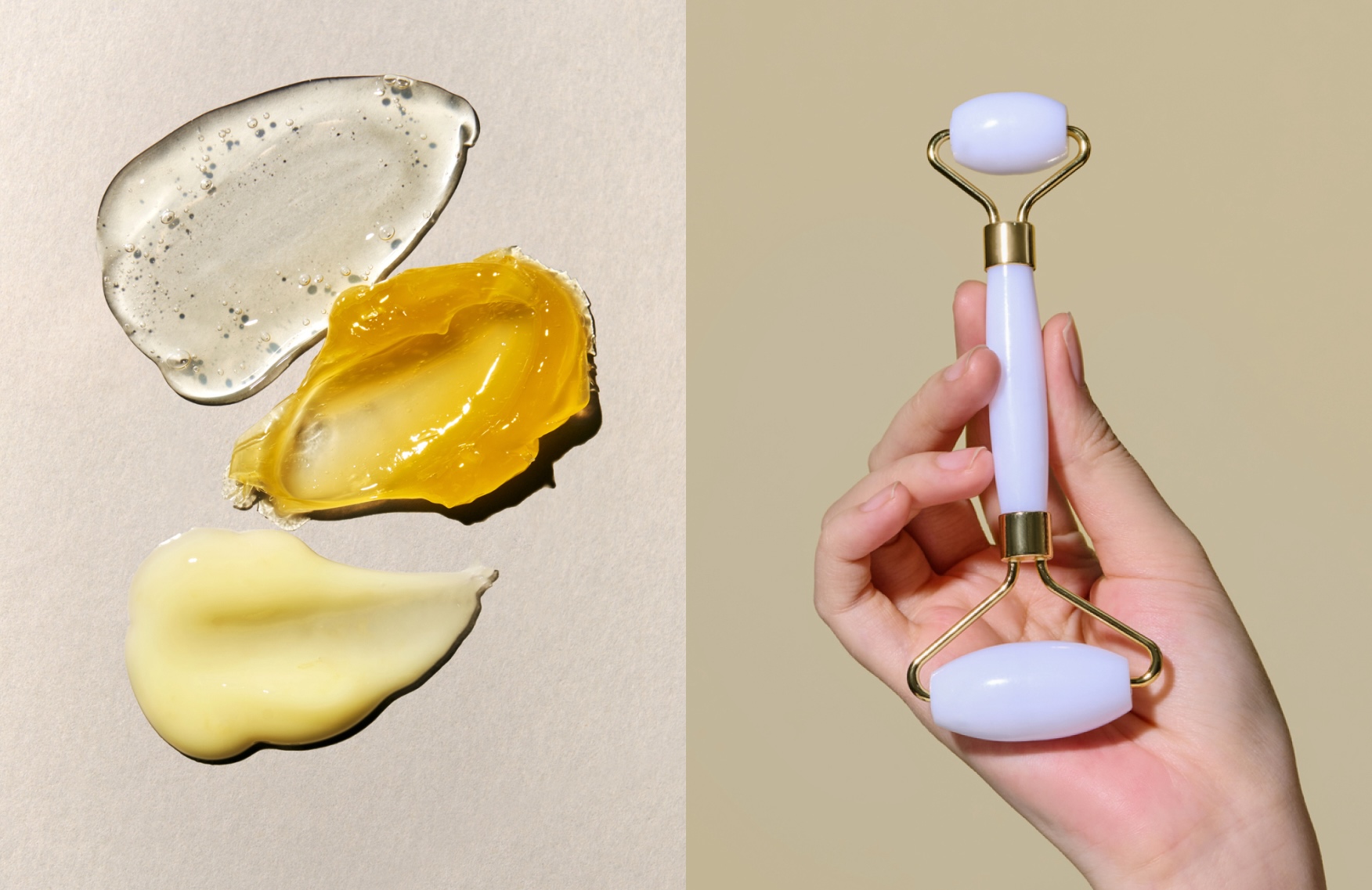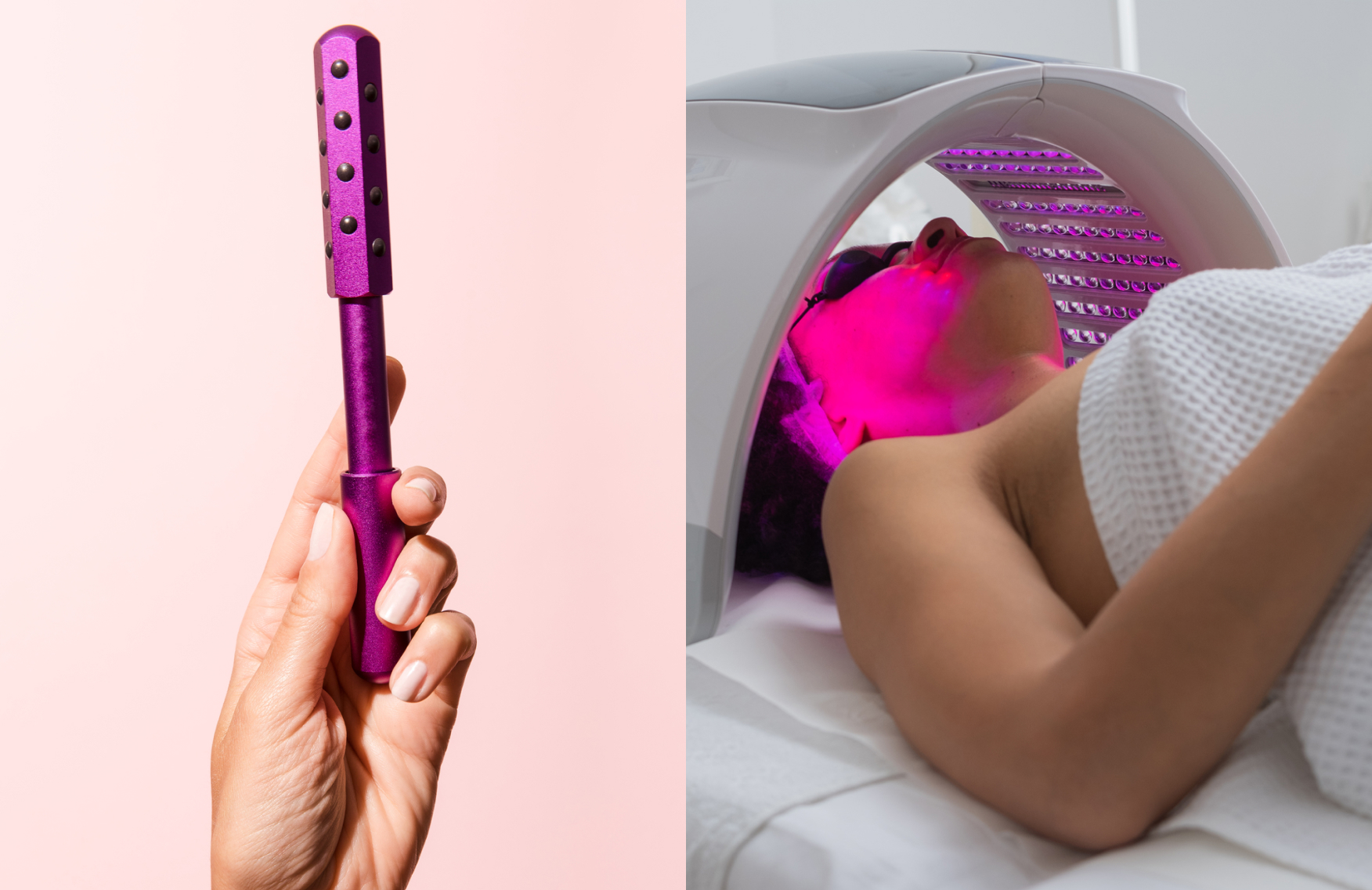Woke up with pillow lines on your face? Here’s how to nix them ASAP
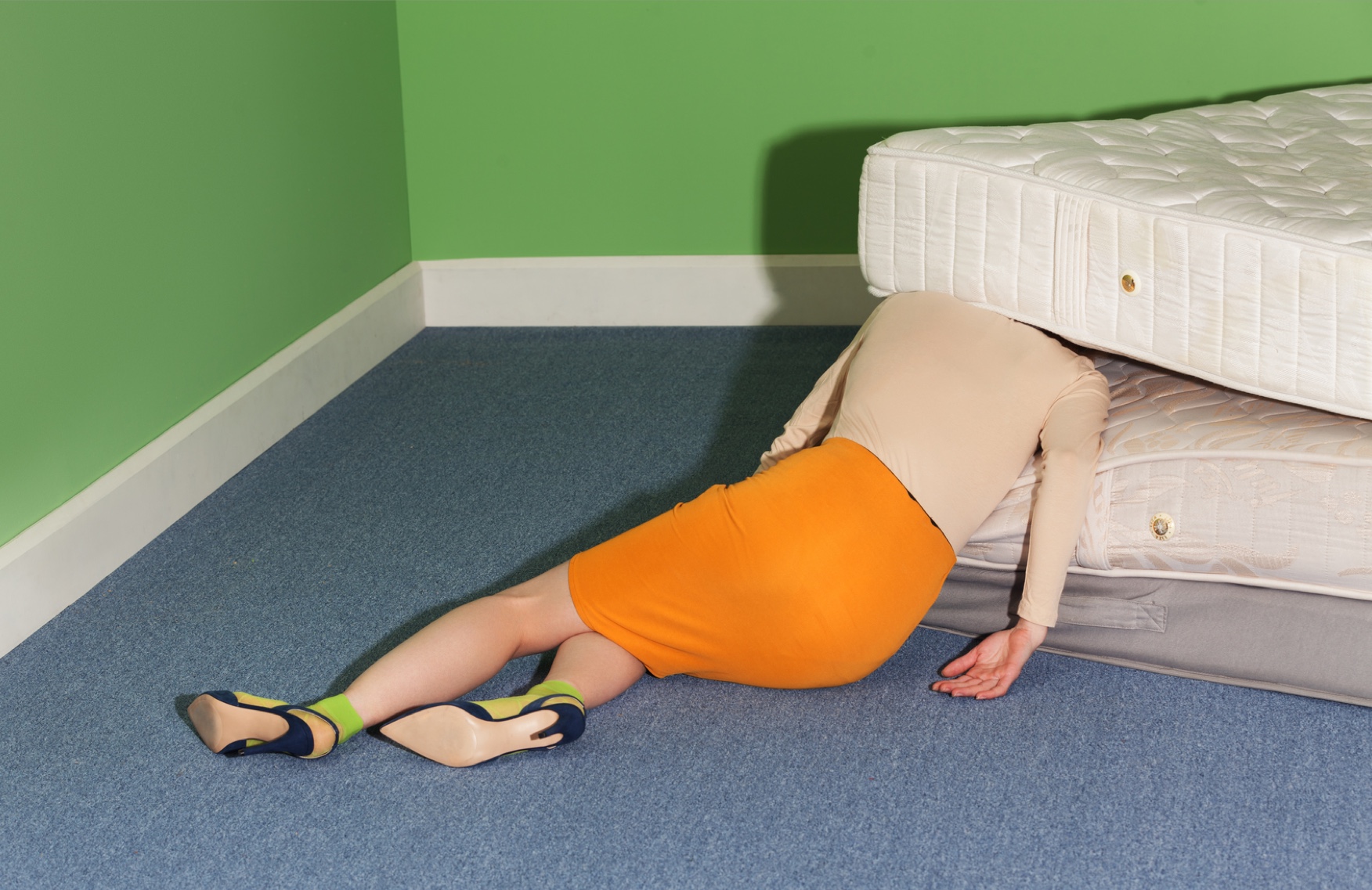

Clinically reviewed by: Allison Marks, holistic esthetician
Don’t shoot the messenger, but a lot of things we do every single day can cause temporary and permanent lines on our face: Frowning, sipping from a straw, furrowing our brows and, unfortunately, getting our beauty sleep. They’re all culprits in wrinkle formation.
In fact, every facial expression we make affects our facial grooves and brings us one step closer to permanent wrinkles. But instead of worrying about laugh lines every time we hear a joke, let’s lean into damage control in other areas, like the pesky pillow lines that greet us after a good night’s sleep.
“When the facial skin has spent all night against a pillowcase, this can lead to a breakdown of elastic tissue and collagen,” explains Aanand Geria, MD, a board-certified dermatologist in Verona, NJ. “When it’s repeated enough, permanent wrinkles can result.” No thanks! Here are tips to help treat and prevent sleep lines.
1. Massage your face
“Pillow lines will dissipate once you wake up and begin to move your face,” Dr. Geria says. However, if you want to speed things up a little, he suggests gently massaging your face and using your fingers to tap over the wrinkled folds until they fade. “This increases blood flow and circulation to the skin’s surface,” he says.
Make sure you’re not exchanging temporary sleep lines for permanent wrinkles with your massage technique and incorporate a face lotion to avoid pulling on the skin. Choose the best lubricant for your skin health: noncomedogenic products are best for acne-prone skin while more concentrated oils are suitable for dry, less sensitive skin.
An ever-relevant skin rule: clean hands are key when mixing fingers with the face.
2. Break out the tea bags
“White or green tea can help reduce pillow lines thanks to their antioxidant and caffeine contents,” Dr. Geria advises. Soak them in cold water or throw them in the fridge for a bit, then apply to your skin for a few minutes.
3. Sleep on a silk pillowcase
A gentler alternative to your tired cotton pillowcase, silk pillowcases have made waves in skin and hair care trends recently. To prevent pillow lines, a good quality silk pillowcase is your best bet. Here’s why: “Sleep wrinkles occur when skin rubs against your pillow and causes friction,” Dr. Geria says. “With a silk pillowcase, the skin slides, as opposed to pulling.”
Like your pillowcase, you shouldn’t choose just any material for your sleep mask. Try a silk or satin mask to avoid the pulling responsible for facial wrinkles and creases to ensure that your mask is helping, not worsening your contact lines.
Take it one step further and get a mask with cooling properties, like a gel mask. Like the tea bags, the cooling sensation offered by a gel mask is conducive to soothing and protecting the eye area at the same time.
4. Wear a night mask
Alternatively, Dr. Geria says adding a night mask can help keep your skin in place while at rest, so even when your face is pressed into the pillow, it won’t “fold.” Or, he adds, sleeping on your back, if it’s comfortable for you, is another easy way to prevent pillow lines.
Like your pillowcase, you shouldn’t choose just any material for your sleep mask. Try a silk or satin mask to avoid the pulling responsible for facial wrinkles and creases to ensure that your mask is helping, not worsening your contact lines.
Take it one step further and get a mask with cooling properties, like a gel mask. Like the tea bags, the cooling sensation offered by a gel mask is conducive to soothing and protecting the eye area at the same time.
5. Be mindful of your sleep position
Developing wrinkles and sleep marks might not be the first thing on your mind when settling into a comfy sleep position, but avoiding face-to-pillow contact is best practice for keeping permanent sleep lines at bay.
We typically fall back into the same familiar sleep position night after night, sometimes intentionally and other times naturally as we shift in our sleep. While one night of sleep might just yield temporary sleep lines in the morning, putting pressure on your face in the same position every night trains your skin to retain those facial wrinkles: a recipe for facial aging and facial distortion.
For side and stomach sleepers, sleep lines are more likely to travel beyond the face down to your neck and chest5. On your side, you have gravity working against you, and on your stomach, your skin is more likely to fold under your weight. Take a closer look at our tips for tackling chest wrinkles, sleep related and beyond.
You can cut out the opportunity for pillow lines altogether by sleeping face up, and if you’re worried about flipping over in your sleep, Health suggests tucking pillows around your body before bed to stay in place.
6. Incorporate a retinal formula into your nighttime skincare routine
Dr. Geria adds that a retinal formula can also help reduce pillow lines. “The goal is to stimulate more collagen to decrease creases,” he says. “Retinols [including retinal] are vitamin A derivatives. They train the skin to act youthful again.” And applying retinal overnight is the best time to do so since it is a photosensitive ingredient. Additionally, he recommends switching to a heavier cream at night for maximum moisturizing benefits.
Retinoids, the umbrella term for this genre of skincare, scale in intensity, with classic retinol products ranking among the gentler options and prescription tretinoin, or retinoic acid being the most aggressive. Retinal ranks just before tretinoin, making it the perfect over-the-counter option for those seeking a high-efficacy tool for battling facial aging.
Waging a war on wrinkles: don’t stress, strategize
From expression lines to sun exposure, sleep is just a drop in the bucket of inevitable habits that can feed developing wrinkles. With Dr. Geria’s tips, you’ll be six steps closer to mastering how to spot-treat and prevent sleep wrinkles. Dive deeper into more culprits and how to combat them with part one of our general guide to getting ahead of wrinkle formation and fine lines.
The views expressed in this article do not necessarily represent the views of Murad, and are for informational purposes only, even if the advice of physicians and medical practitioners are included. This article is not a substitute for professional medical advice, diagnosis or treatment, and should not be considered specific medical advice.
References for this information:
Healthline website, Eye masks for sleeping
Healthline website, Beauty and skincare
Health website, Sleeping and wrinkles
Medical News Today website, Anti-aging face massage
